- Availability: 16
- Made & Mkt by: Prathaa
- Product Code: 0704-SH23-06
- Weight: 800.00g
- Dimensions: 30.00cm x 25.00cm x 10.00cm
Available Options
The typical dispatch time is 2-3 days; however, in special cases, it may take longer. Please refer to the product details section for specific timelines. Once dispatched, we will share the tracking details with you.
For returns, you can file a request within 24 hours of receiving the product. If the package is damaged, please make a video while unboxing and share images of the damaged item along with your return request.

The East India Company imported raw cotton from India while they dumped the local Indian market with inferior machine-made cloth. This led to a great decline in the handloom industry. The khadi weavers were first affected with the subsequent establishment of the powerlooms in India. Imitations of the hand-woven saris and garments were dished out, making it much cheaper and severly affecting the rural scenario. During the Second World War (1939-1945) majority of the Indians turned to hand woven saris.

This was further supported by the Swadeshi Movement initiated by Gandhiji where women turned to hand woven khadi fabric in order to shun the English machine made fabric. The effect of the mill spun fabric continued to affect the handloom sector even post-independence.The extent was so large that the Government of India had to ban powerlooms producing certain textiles, one such being the sari. The Government took active interest in reviving traditional saris to prevent it from extinction and provide handloom weavers with a livelihood through the Janata Scheme.



| Craftsmen | |
| Made by | Prathaa |
| Shipping ~ | |
| Shipping | Dispatched order in 16-17 working days as this product is made on order. |
| Material | |
| Made of | Mull Cotton |
| Instruction | |
| Note | The products in this category is handmade. These might slightly differ from as seen on digital screen. The canvas weave is 84 counts of mulmul cotton in 2 ply which is very fine and soft, combined subtly and playfully with the classic Jamdani weave to highlight a few elements. Jamdani is a traditional weave of West Bengal. It is a time-consuming and labour-intensive form of weaving because of the richness of its motifs, which are created directly on the loom using the discontinuous weft technique. The jamdani which we have used has our signature Bindi motif woven on it which makes it even more uncommon. Both the finished fabrics are highly breathable and make a wonderful choice for the summers. |
| Care | 1. Dry Clean for the first 2-3 washes. 2. Only hand wash,when washing at home. 3.Wash in cold water. 4. Do not dry in direct sunlight. 5.Wear it with a lot of love, Please note the beauty of handwoven naturally dyed weaves is in the irregularity. So, some gentle care is always good ." |
| Restrictions | |
| COD - Option | Not Available |

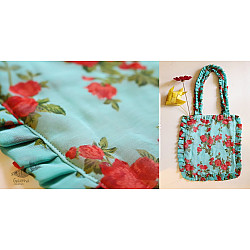
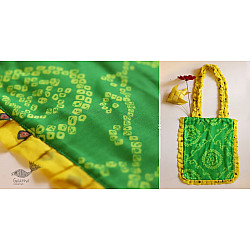
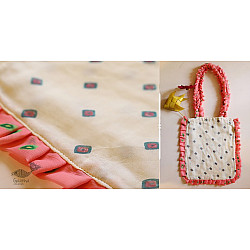
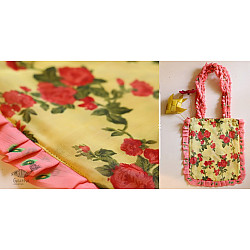
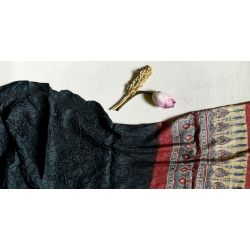
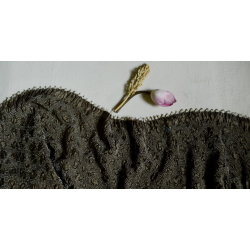
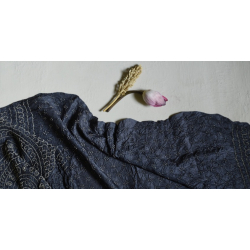
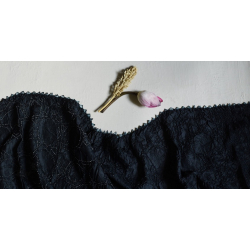

-550x550h.jpg)
-550x550h.jpg)
-550x550h.jpg)
-550x550h.jpg)
-550x550h.jpg)
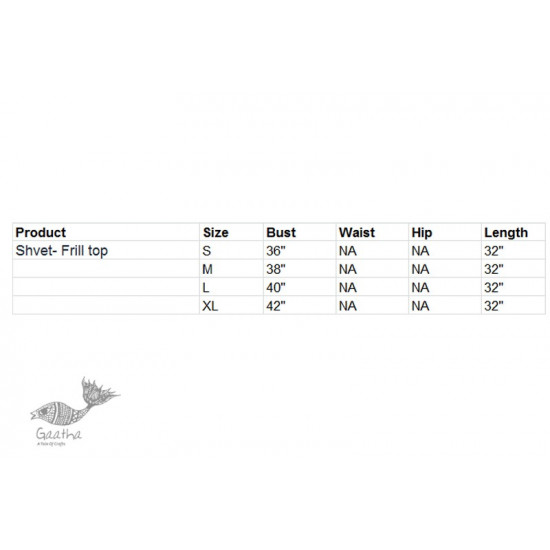

-80x80h.jpg)
-80x80h.jpg)
-80x80h.jpg)
-80x80h.jpg)
-80x80h.jpg)


-225x150w.jpg)
-225x150w.jpg)
-225x150w.jpg)
-225x150w.jpg)
-225x150w.jpg)
-225x150w.jpg)
-225x150w.jpg)
-225x150w.jpg)
-225x150w.jpg)
-225x150w.jpg)
-225x150w.jpg)
-225x150w.jpg)
-225x150w.jpg)
-225x150w.jpg)
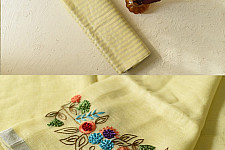
-225x150w.jpg)

-225x150.jpg)
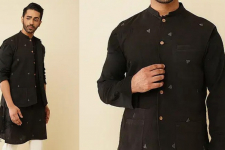
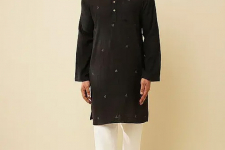
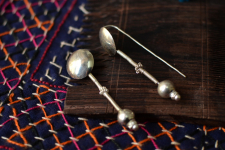
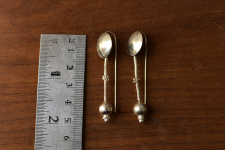

-225x150w.jpg)
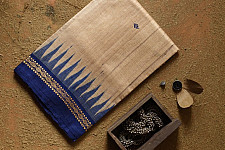
-225x150w.jpg)
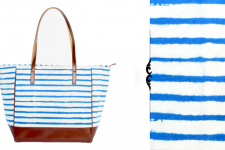
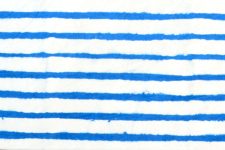
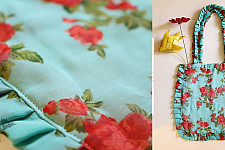
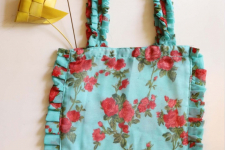
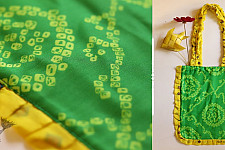
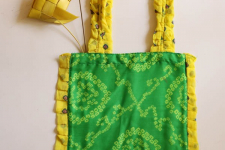
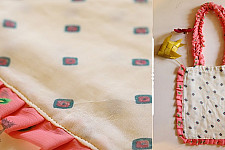
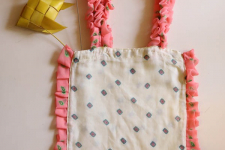
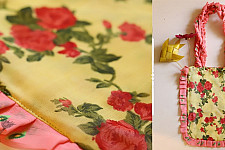
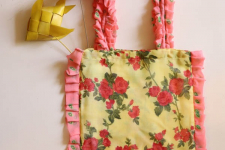
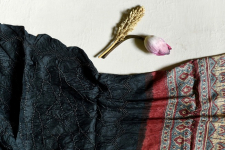
-225x150w.jpg)
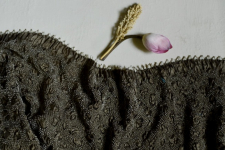
-225x150w.jpg)
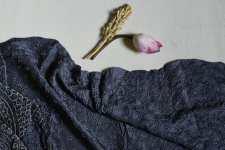
-225x150w.jpg)
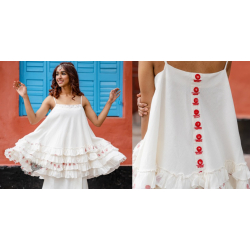
-250x250h.jpg)